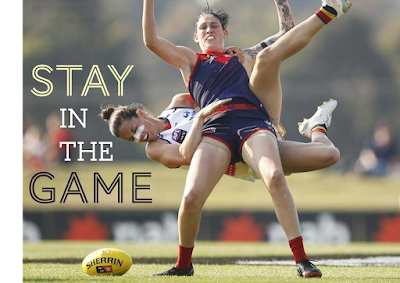Poster sessions are wild
It's like, do you like papers?
In that case you will really like traveling hundreds of miles to look at rough drafts of paper figures in a large ballroom
The responses are also interesting, mostly from poster haters.
Speaking of conference haters, ELiot Berkman answered the question, “What is something you believed to be true earlier in your career that you no longer think is true?” with this:
I now believe that travel (e.g., for conferences) is almost never worth it because of the incredibly high opportunity cost. No talk or poster is worth what ends up being a full week of otherwise productive work time.
This response is interesting in two ways.
- It defines “work” very narrowly.
- It comes from someone whose lab is publishing about ten papers a year. It’s easy to forget that not everyone has that long a CV.
Shawn McGuirk has a request for conference organizers:
Public Service Announcement: It’s not OK to cut the poster session at a conference if talks are going way over time.
That’s 90% of conference content (of mostly trainee work) being squashed to make space for the 10% (of mostly tenured profs) who did not keep to time.
Whatever this happened, for shame. I have never had this experience, after many years of going to one or two meetings a year. But Shawn has seen this multiple times.
The one exception was a Keystone conference last February... However at that conference all the PIs decided to completely skip the poster session on day 2 to go out for dinner together.
The more I heard, the more I was like, “Rise up comrades! Reclaim your glorious poster session time!”
More things for conference organizers to be aware of: what you put in “graveyard slots” in conferences.
The ‘graveyard slot’ at a conference is a session which, due to the timing of the session, has a high probability of low attendance.
A new paper describes authors who organized a session that was put into a “graveyard slot,” and it was ultimately cancelled.
This is not sour grapes. Pretty much every meeting I go to has a huge drop in attendance on the last day, and someone has to present there. The Animal Behavior Society gave out “Omega awards” for the last talk of the conference, in recognition that the last speakers kind of got screwed by being scheduled there.
There is a clear equivalent for poster sessions: the “dead zone” at the back of the hall,” furthest from the doors. At Neuroscience, these are sessions like “History and teaching of neuroscience.” It’s a shame, because sometimes those posters are some of the most offbeat and intriguing ones.
So it’s worth program organizers to be transparent about how where posters are placed and how events are scheduled.
Hat tip to Ben Marwick and Kristina Killgrove.
Margaret reminds us that it’s important to include people in conference conversations:
Conference pro tip: If in a group setting and you see someone having difficulty joining the convo, make an effort to include them. It’s usually easy to say “I don’t think we’ve met, I’m X. What’s yours?” OR if you know them, “Hey X, tell me what you’ve been up.”
There is a free font based on the handwriting of the forty-fifth American president.
You can download the font, Tiny Hand, here. Hat tip to John Wick.
Speaking of type, I mentioned an episode of Abstract on type design last month, featuring Jonathan Hoeffler. Emerging from that episode is a compendium of visual illusions that affect type design.
Hat tip to Melissa Vaught.












